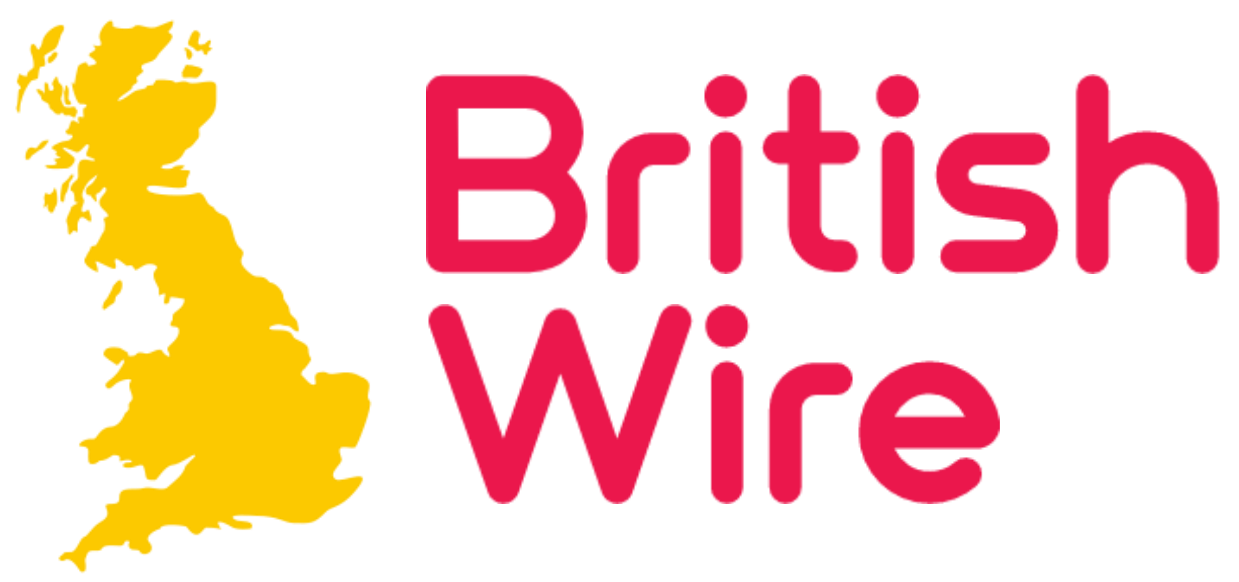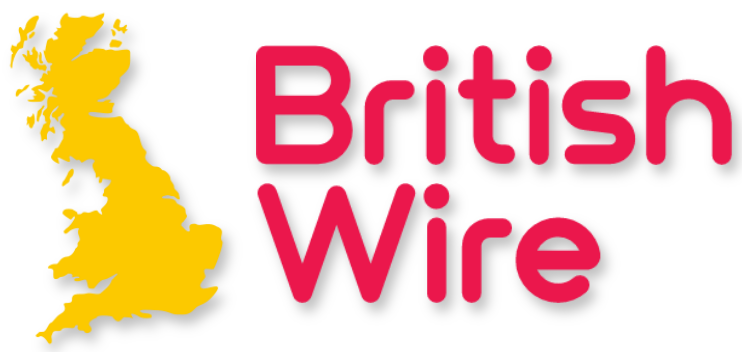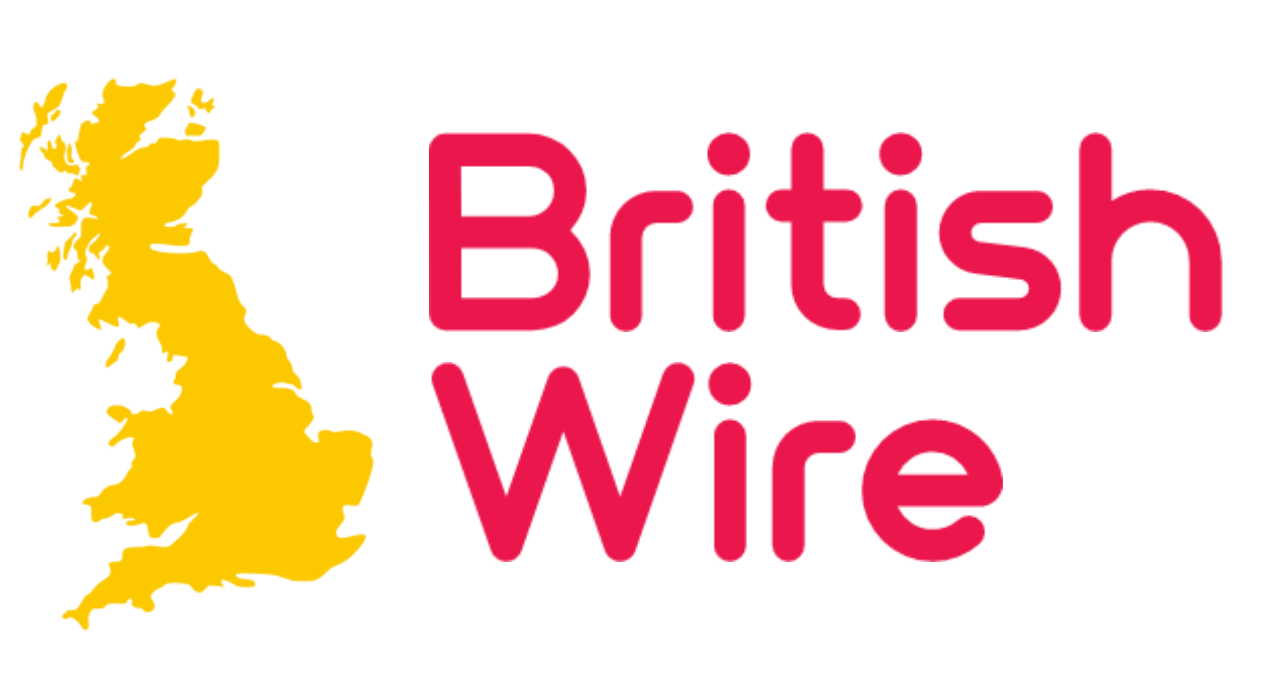When it comes to managing projects, it’s critical to ensure that each team member has the appropriate roles and permissions. Redmine, a widely-used project management tool, provides a role-based access control system that allows you to manage user access and permissions. In this article, we’ll discuss the importance of assigning the right roles and permissions in Redmine and how you can use this system to optimize your project management.
 If you’re a project manager or team leader, you know that assigning and managing roles is a critical aspect of running a successful project. In the world of project management software, Redmine is no exception. Redmine roles are a key feature of the system that allows administrators to control what users can and cannot do within the application.
If you’re a project manager or team leader, you know that assigning and managing roles is a critical aspect of running a successful project. In the world of project management software, Redmine is no exception. Redmine roles are a key feature of the system that allows administrators to control what users can and cannot do within the application.
By default, Redmine comes with a set of pre-defined roles: anonymous, non-member, and member. These roles define the basic levels of access and permission. For instance, anonymous users have limited access to view issues and projects, non-members have additional access to create and edit issues, and members have full access to create and edit projects, issues, and other features.
However, Redmine also allows you to create custom roles to fit the specific needs of your organization. Custom roles enable you to assign more granular permissions and access levels to users, ensuring that they only have access to the features they need to complete their tasks.
Creating custom roles is particularly useful for large or complex projects with many users. By creating roles that are specific to each user’s job function or responsibility, you can ensure that they only have access to the tools and data they need to perform their tasks. This can improve efficiency, reduce errors, and maintain better control over project data.
In a production company, some popular role divisions might include:
- Operations Manager – responsible for managing the overall production process and ensuring that production goals are met
- Production Supervisors – responsible for overseeing the day-to-day activities of production workers
- Production Workers – responsible for physically producing the company’s products
- Quality Control Inspectors – responsible for ensuring that the company’s products meet quality standards
- Maintenance Technicians – responsible for maintaining and repairing production equipment
- Logistics/Supply Chain Manager – responsible for managing the flow of goods and materials in and out of the production facility.
In an e-commerce company:
- E-commerce Manager – responsible for overseeing the e-commerce operations, including sales, marketing, and customer service.
- Web Developer – responsible for developing and maintaining the e-commerce website and related technologies.
- Digital Marketer – responsible for managing the company’s digital marketing efforts, including social media, email marketing, and search engine optimization.
- Content Creator – responsible for creating and managing the company’s content marketing efforts, such as blogs, articles, and videos.
- Customer Service Representative – responsible for handling customer inquiries and resolving any issues that arise during the purchase and delivery process.
- Order Fulfillment Specialist – responsible for managing the order fulfillment process, including picking, packing, and shipping orders.
- Inventory Manager – responsible for managing inventory levels, tracking sales trends, and forecasting demand.
- Payment and Fraud Specialist – responsible for managing the payment processing system and fraud detection and prevention efforts.
- Analytics and Insights Specialist – responsible for analyzing customer data and providing insights to improve the e-commerce operations.
Of course, these are just examples and the specific roles and responsibilities can vary depending on the size and structure of the company. The key is to have clearly defined roles and responsibilities that align with the company’s overall goals and objectives.
In addition to the obvious benefits of custom roles, there are also security and compliance benefits. Role-based access control (RBAC) is a key principle in many compliance frameworks, such as ISO 27001 and PCI DSS. By using RBAC, you can ensure that your organization is compliant with these frameworks and reduce the risk of security breaches.
So, whether you’re using the default roles or creating custom ones, managing roles in Redmine is critical to project success. By assigning the appropriate levels of access to each user, you can ensure that they have the right tools to do their job, while maintaining the security and compliance of your organization.
ReadyRedmine, a Redmine support provider, offers a variety of tools and services to help you manage roles in Redmine. Their platform allows you to easily create custom roles and assign them to users, as well as manage permissions for each role. With their support, you can ensure that your Redmine installation is secure, compliant, and optimized for your team’s needs. Visit their website at ReadyRedmine.com to learn more.

















